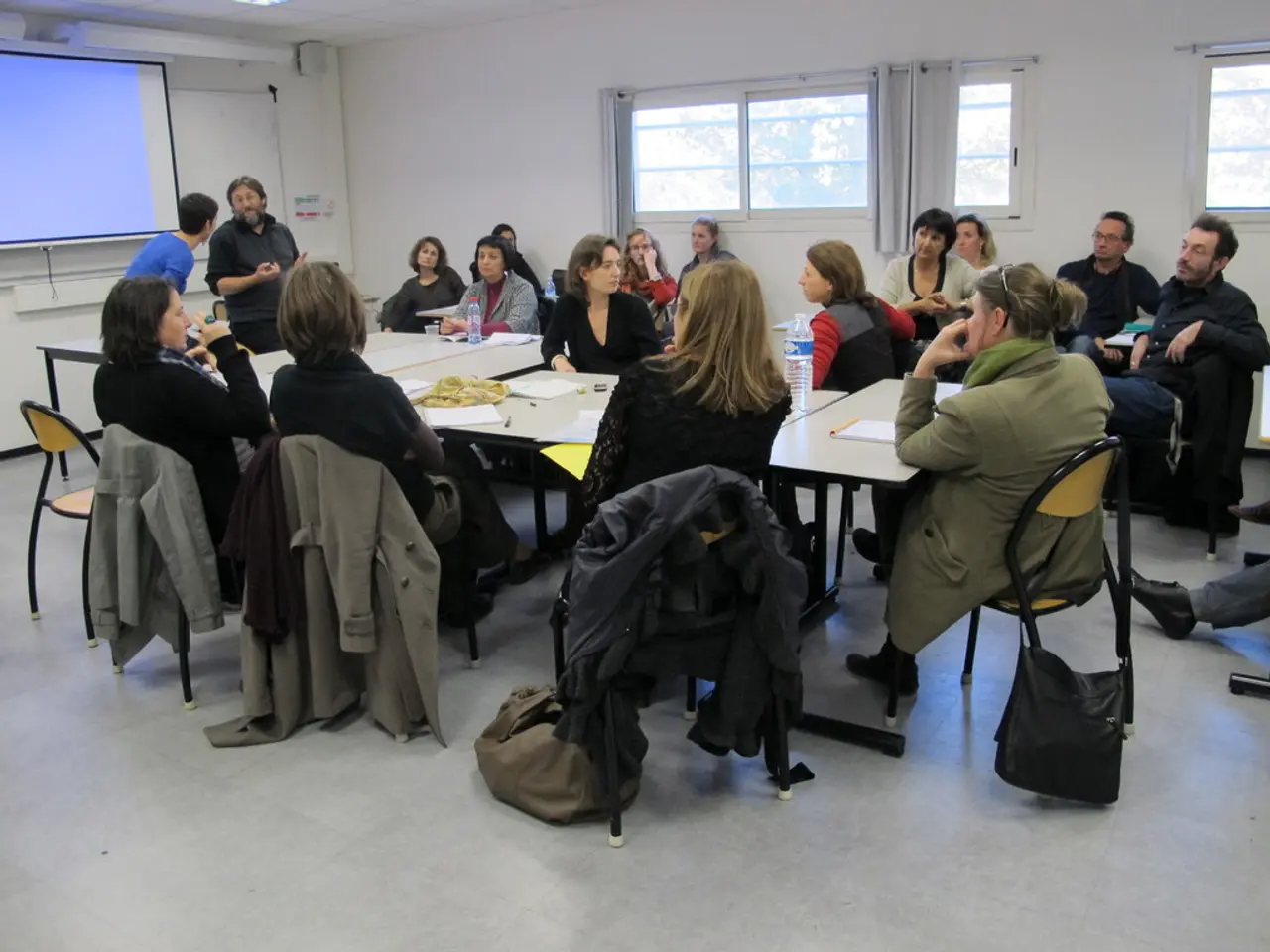Conflict Levels and Their Distinct Attributes
In the complex world of human interaction, conflicts can arise at various levels, ranging from personal struggles to large-scale societal issues. Here's a breakdown of five key levels of conflict and some strategies for managing them effectively.
1. **Intrapersonal Conflict**
This type of conflict occurs within an individual when they experience internal struggles such as conflicting desires, values, or choices. It involves mental or emotional tension about what to do or believe. For example, a person might be torn between pursuing a career opportunity or staying in a current stable job. To manage intrapersonal conflict, focus on self-reflection and clarifying your values. Techniques such as journaling, talking to a trusted friend or therapist, and practicing mindfulness can help.
2. **Interpersonal Conflict**
Interpersonal conflict happens between two or more individuals who have opposing views, personalities, or approaches to solving problems. This conflict might be explicit or even unrecognized by the parties involved. It often arises due to differing character traits or perspectives. Open communication and compromise are crucial for resolving interpersonal conflict. Listening actively, expressing yourself calmly, and seeking common ground are key strategies.
3. **Intragroup Conflict**
Intragroup conflict occurs within a group where members have varied perspectives, experiences, or communication styles. Members may share a common goal but disagree on how to achieve it. This level of conflict is expected in diverse teams because of the differing viewpoints and personalities. To resolve intragroup conflict, encourage open dialogue, clarify roles and expectations, and find ways to promote collaboration and mutual understanding within the group.
4. **Intergroup Conflict**
Intergroup conflict takes place between different groups or subgroups within a larger organization or society. These groups may clash due to differing values, aims, or competition for resources and power. It reflects larger systemic or organizational divisions and competing interests. Prevent intergroup conflict by promoting respect for differing perspectives, encouraging cross-group collaboration, and fostering a culture of inclusivity and tolerance.
5. **Organizational or Societal Conflict**
This level of conflict encompasses structural inequalities and competition at a societal level, including conflicts between social classes, economic groups, or institutions. According to conflict theory, this level is marked by competition for limited resources, power imbalances, and social inequalities leading to systemic conflict. Addressing these conflicts often requires systemic changes and long-term efforts.
Recognizing the different levels of conflict is crucial for managing and resolving disputes effectively. By understanding these levels, we can tailor our resolution strategies to the specific needs of each situation, leading to more productive and harmonious interactions.
- Psychology and mindfulness practices can be beneficial in managing intrapersonal conflict, as they help individuals clarify their values and feelings, ultimately aiding in decision-making.
- The science of psychology and strategies like active listening and compromise are essential in addressing interpersonal conflicts, promoting understanding and cooperation between individuals.
- In health-and-wellness settings, fostering a climate of collaboration and mutual understanding within diverse teams can mitigate intragroup conflict, ensuring effective problem-solving and positive group dynamics.
- To improve mental health at a societal level, promoting inclusivity, respect for differing perspectives, and cross-group collaboration can reduce intergroup conflict and help bridge systemic inequalities.
- Approaches based on scientific understanding of conflict theory and emphasis on systemic changes can be effective in addressing and resolving organizational or societal conflicts, ultimately leading to a more equitable society.




